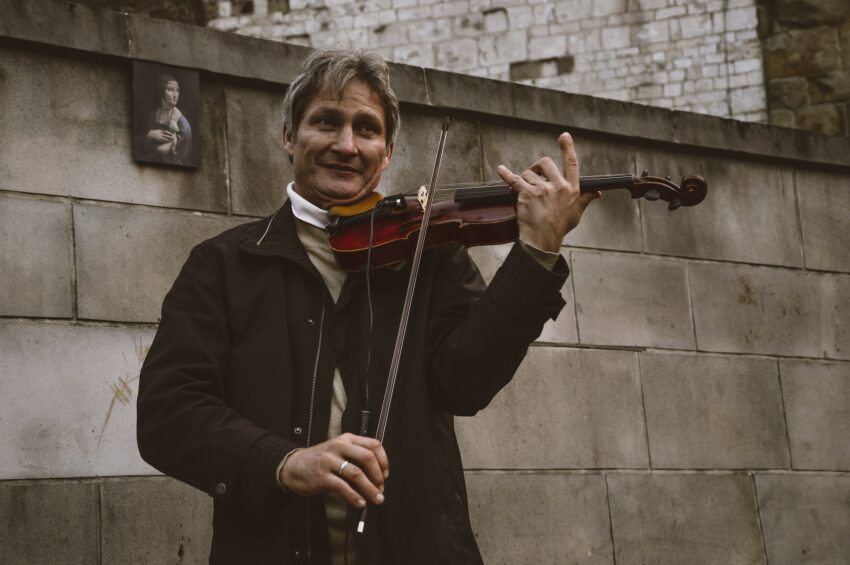Psychedelics have long entertained, enlightened, and confounded humanity. Their influences stretch across multiple domains, including culture, science, and specifically, the creativity fields of art and music. By exploring the psychedelic art movement, the impact of psychedelic music festivals, as well as visual representations of psychedelics, we attempt to unpick the colored threads of psychedelics’ profound influence on art and music.
The psychedelic art movement began as a cultural trend during the 1960s and has since permeated art, photography, and fashion. Psychedelic art seeks to replicate the ‘trip’ experience, characterized by vivid colors, intricate patterns, and surreal imagery. Its influence can be seen in works by renowned psychedelic artists like Alex Grey and Syd Barrett, whose work showcase surreal, dream-like visuals that defy logic and realism.
Furthermore, these trippy visuals aren’t confined to a canvas. Albums from the ’60s and ’70s abound with psychedelic album covers, such as Pink Floyd’s ‘The Dark Side of the Moon’ or Cream’s ‘Disraeli Gears’. These covers became seminal art pieces in their own right, their surreal and abstract designs capturing the era’s essence and the music’s atmospheric quality.
The term psychedelic, coined in 1956, stems from the Greek words for “mind-manifesting.” Accordingly, visual representations of psychedelics often translate into art the ineffable visions and profound revelations experienced during a psychedelic trip. They encapsulate the myriad of kaleidoscopic visuals, mystical symbols, and recurrent motifs, as seen in Ayahuasca or DMT-induced hallucinations.
Music and psychedelic experiences have always been intertwined. Research indicates that psychedelics, such as LSD and psilocybin, significantly enhance certain musical attributes, imbuing the experience with high emotional intensity and amplified auditory sensations. Consequently, psychedelic rock, championed by bands such as Grateful Dead and Jefferson Airplane, became the soundtrack to the hallucinogenic experience of the 1960s psychedelic subculture.
But the influence of psychedelics on music isn’t just historical. Modern psychedelic music festivals continue to celebrate and experiment with the genre. From Burning Man to Psy-Fi, these festivals create a psychedelic environment for attendees, with trippy light displays and trance music to tease out extraordinary states of consciousness.
Not confined to visual arts and rock music, psychedelics also inspire the literary world. Psychedelic poetry often borrows hallucinogenic lexicon, evoking the altered states of consciousness and spiritual experiences common to a psychedelic journey. Jim Morrison, the lead singer of The Doors, is a famous example. His poetry, laden with evocative imagery and surreal situations, echoes the psychedelic experiences he famously indulged in.
Finally, evaluating the artistic influences of psychedelics is a fascinating endeavor. Many artists indeed report enhanced creativity, greater access to the subconscious mind, and expanded perspective following a psychedelic experience. Conversely, this introspection often finds its way back into their artistic expression, providing inspiration for subsequent creations, and creating a beautiful cyclical relationship between consciousness expansion and artistic discovery.
In conclusion, the spectrum of psychedelics’ impact on art and music remains vibrant and expansive. With their mind-manifesting properties and profound transformative potential, psychedelics continue to color the artistic and musical landscape, orchestrating enlightening symphonies of surreal imagery, transcendent soundscapes, and capacious creativity.
The exploration of psychedelics’ influence on art and music provides us not solely with a historical perspective but also enables a deeper understanding of the shared human desire for self-expression, transcendence, and the quest for something beyond the immediately perceived reality. As we continue to grapple with the opportunities and challenges posed by these substances, it is apparent that their resonance within creative indulgence will continue to reverberate for years to come.
